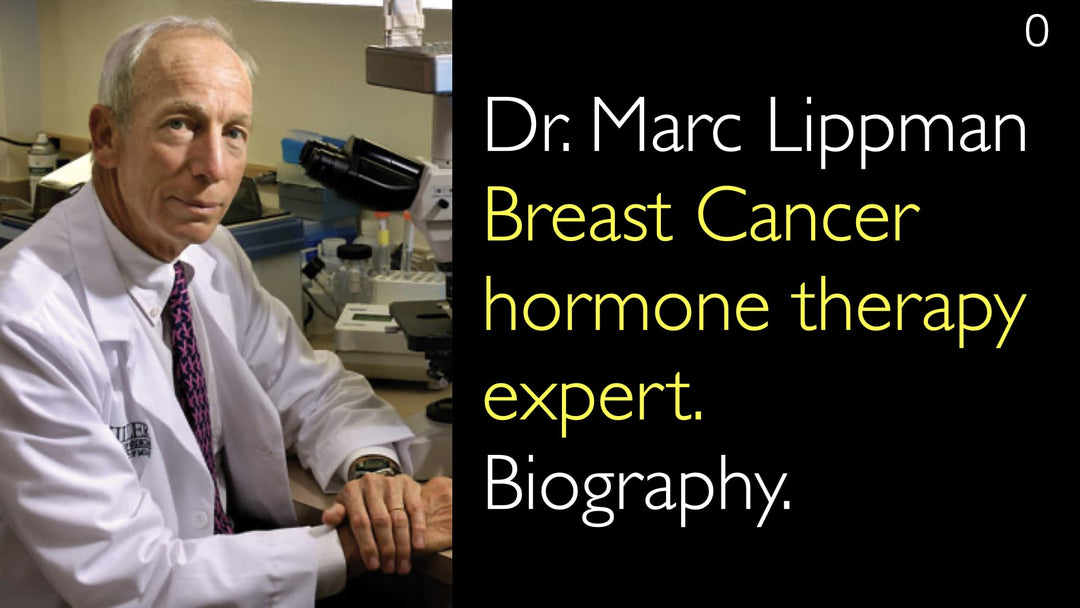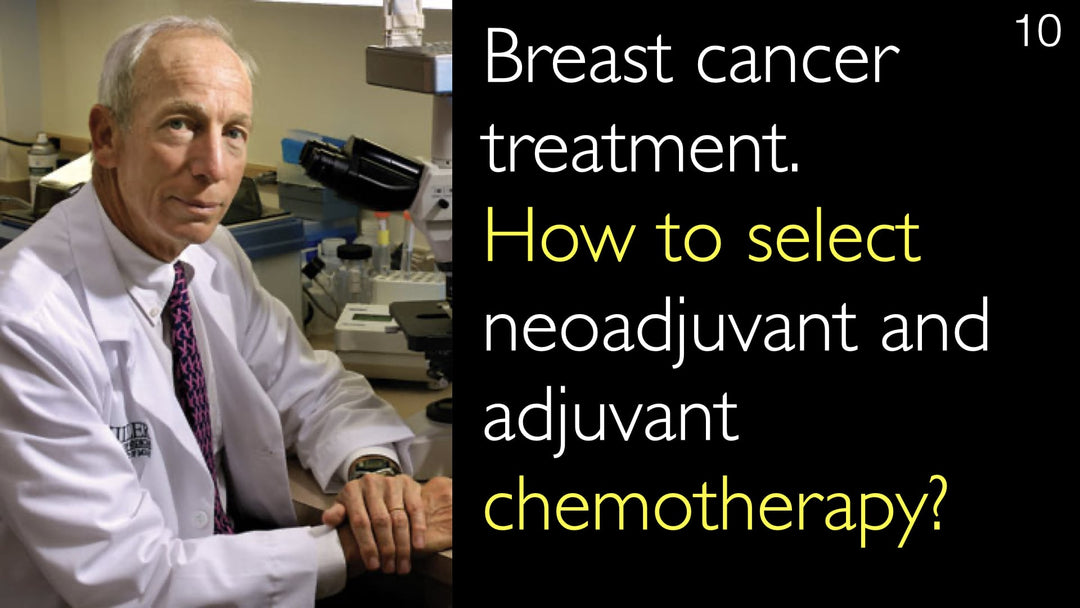Leading expert in breast cancer therapy, Dr. Giuseppe Curigliano, MD, explains the future of treatment, focusing on three key concepts: de-escalation of therapy for low-risk patients, development of better-tolerated medications to improve compliance, and the potential for curing oligometastatic breast cancer with modern, highly effective drugs.
Future Directions in Breast Cancer Treatment: De-escalation and Potential Cures
Jump To Section
- Better Risk Stratification for Treatment De-escalation
- Identifying Patients Who Need Less Treatment
- Current Treatment Burdens in Breast Cancer
- Improving Treatment Compliance with Better Medications
- Developing Less Toxic Endocrine Agents
- Curing Oligometastatic Breast Cancer
- High Therapeutic Index Drugs for Metastatic Disease
Better Risk Stratification for Treatment De-escalation
Dr. Giuseppe Curigliano, MD, emphasizes that the future of breast cancer therapy hinges on superior risk stratification. The primary goal is to de-escalate treatment, moving away from a one-size-fits-all approach. This strategy ensures patients receive only the necessary therapy to achieve a cure, minimizing unnecessary side effects and improving quality of life.
Identifying Patients Who Need Less Treatment
A critical advancement involves identifying a subset of breast cancer patients who may not require extensive treatment. Dr. Curigliano points out that current standards, like five years of endocrine therapy for hormone receptor-positive disease or chemotherapy for triple-negative and HER2-positive cancers, may be excessive for some individuals. Future protocols will use advanced genomic and pathologic tools to spare low-risk patients from these burdens.
Current Treatment Burdens in Breast Cancer
The current landscape often involves aggressive treatment regimens. Dr. Giuseppe Curigliano, MD, notes that many patients receive chemotherapy, endocrine therapy, or targeted agents as a standard of care. While effective, these treatments come with significant toxicities that can impact long-term health and daily functioning, underscoring the urgent need for more personalized and gentle approaches.
Improving Treatment Compliance with Better Medications
Another key future direction is increasing patient compliance in the adjuvant setting. Dr. Giuseppe Curigliano, MD, explains that medications with fewer side effects are essential. When patients experience less toxicity, they are more likely to adhere to their prescribed treatment plan for its full duration, which is crucial for preventing recurrence and achieving the best possible outcomes.
Developing Less Toxic Endocrine Agents
For hormone receptor-positive breast cancer, which constitutes a majority of cases, developing new endocrine agents is a priority. Dr. Giuseppe Curigliano, MD, highlights the need for novel medications that maintain efficacy while drastically reducing toxicity. These next-generation therapies will make long-term treatment more manageable for patients, directly addressing compliance challenges.
Curing Oligometastatic Breast Cancer
Perhaps the most transformative concept is the potential to cure oligometastatic disease. Dr. Curigliano believes that within a few years, some patients with a limited number of metastases may be cured. This represents a paradigm shift from managing metastatic breast cancer as a chronic condition to eradicating it completely in select cases.
High Therapeutic Index Drugs for Metastatic Disease
This curative potential is driven by the development of drugs with a high therapeutic index. As explained by Dr. Giuseppe Curigliano, MD, these highly effective medications offer a powerful anti-cancer effect with a favorable side effect profile. Such drugs, including advanced targeted therapies and immunotherapies, are making the goal of curing metastatic breast cancer an attainable reality.
Full Transcript
Dr. Anton Titov, MD: Professor Curigliano, what is the future for breast cancer treatment? What can patients expect in the next three, five, perhaps ten years? It's hard to look at such a rapidly changing field of breast cancer treatment. But what is the future in breast cancer treatment?
Dr. Giuseppe Curigliano, MD: I will summarize the future in three concepts. The first one is better risk stratification. What we need to do with breast cancer is to deescalate treatment. We don't need to give more and more treatment. We need to give less and less treatment.
So you need to identify those patients who don't need any treatment. Now we give five years of endocrine therapy. We give chemotherapy to triple-negative breast cancer patients. We give entire chemotherapy to patients with HER2-positive breast cancer. So in the future, I believe we'll have more and more patients with breast cancer who don't need to receive all these treatments.
The second point is to increase compliance in the adjuvant chemotherapy setting. We need better medications with fewer side effects when you have hormone receptor-positive breast cancer. And so, we need to develop new medications that are endocrine agents with less toxicity.
And finally, the final concept is that I believe, in a few years, the oligometastatic disease can be cured. So some patients with metastatic disease can be cured because we have such excellent drugs that may have a high therapeutic ratio and therapeutic index. I hope that some patients with metastatic breast cancer can be cured.







